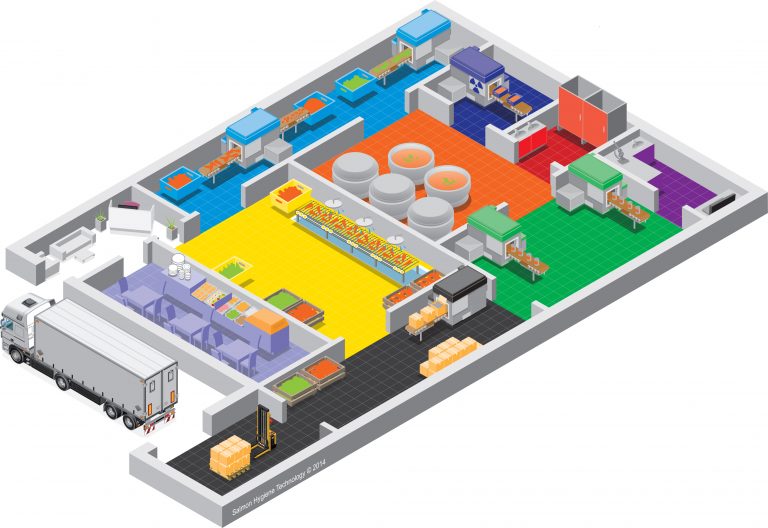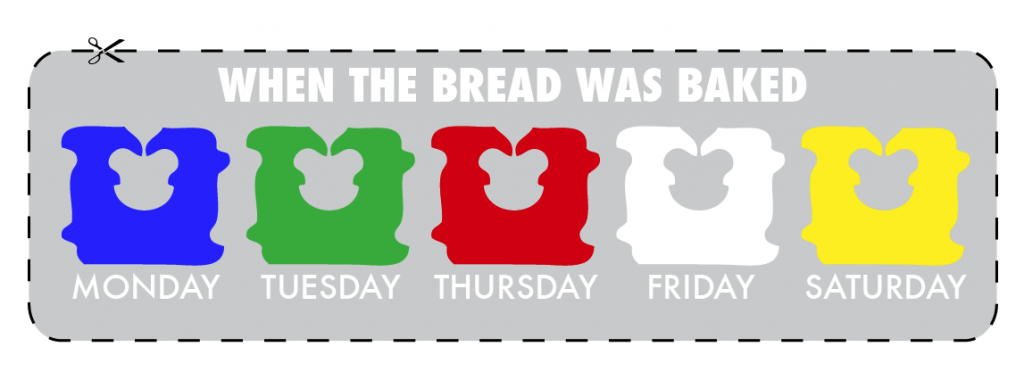- About
- Courses
- Advisory
💡 Build the Basics
- FSMS
- Home-Based
- BeSS
- MeSTI
- Halal IHCS
💡 Export Ready
- Food GMP
- HACCP
- VHM
- Halal Assurance System (HAS)
💡 Go Global
- ISO 22000
- FSSC 22000
💡 Others
- NPRA GMP & GDP
- Blog
- Contact Us

Hey there, food safety champions! 🥳 Let’s chat about something super important in the food industry: the color coding system. You might have noticed those bright colours in kitchens and food prep areas, but have you ever wondered why they’re there?
Well, they play a crucial role in keeping our food safe and clean. In this blog, we’ll dive into what the colour coding system is, its benefits, and how it’s used in real operation. Let’s get started!.
Color-coding supports and strengthens the Hazard Analysis and Critical Control Points (HACCP) Plan. HACCP is a management system in which food safety risks are addressed through the analysis and preventive control of biological, chemical and physical hazards throughout the supply chain from food production to consumption.
According to the U.S. Food and Drug Administration (FDA), “any action or activity that can be used to prevent, eliminate, or reduce a significant hazard” is considered a control measure. Color-coding is an excellent example of a control measure.

Don’t let uncertainty hold you back! At Magcolm Solutions, we’re here to help you implement and optimize your color coding system. From engaging training sessions to tailored solutions, we’ll help you create a kitchen that’s not just safe, but also efficient and colorful. Let’s connect and make food safety a priority together!
1. Consistency is Key
Make sure everyone in the kitchen knows and uses the same colour coding system. Consistency helps prevent mistakes. Typical colour coding of cutting boards practice in the industry:
4. Use Durable Materials
Choose high-quality materials for your color-coded items. You want them to last and remain effective in preventing cross-contamination.
5. Customize to Your Needs
Don’t be afraid to adjust the colour coding system to fit your establishment. What works for one kitchen might not work for another!
Before you jump into the vibrant world of color coding, take a moment for a quick self-assessment! Here’s what to consider:
If you’re scratching your head at any of these, it’s time to take action!
Don’t let uncertainty hold you back! At Magcolm Solutions, we’re here to help you implement and optimize your color coding system. From engaging training sessions to tailored solutions, we’ll help you create a kitchen that’s not just safe, but also efficient and colorful. Let’s connect and make food safety a priority together!
Color coding is essential for preventing cross-contamination and ensuring that different food types are handled with appropriate tools, thereby minimizing the risk of foodborne illnesses.
Common colors include:
Color coding designates specific areas and equipment for allergen-free foods, helping to prevent cross-contact with allergenic ingredients and protecting customers with food allergies.
Regular training should happen at least once a year or whenever new staff join to ensure everyone is up to date with the color coding system.
Replace faded items immediately to maintain clarity in the color coding system. Regular inspections can help identify items that need replacement.
Yes, using different colors for cleaning tools (like mops and cloths) helps prevent contamination between areas handling raw and cooked foods, enhancing overall hygiene.
In summary, the color coding system is a smart and effective way to enhance food safety and hygiene in the food industry. By using clear colors, businesses can improve efficiency, comply with safety standards, and cultivate a culture of cleanliness. So, next time you’re in a kitchen, take a moment to appreciate those vibrant colors—they’re not just for show; they’re a crucial part of food safety!